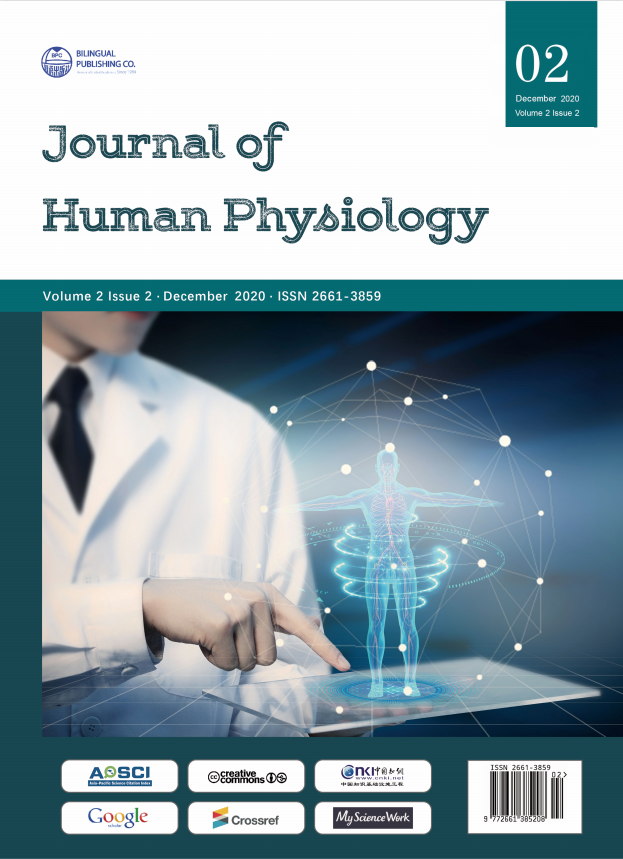Call to Improve Women’s Awareness Regarding Emergency Contraception in Arab Societies
DOI:
https://doi.org/10.30564/jhp.v2i2.2369Abstract
Birth spacing means allowing three years or more between two children or two pregnancies. Globally, contraceptive prevalence among married women has increased from 30 percent in the early 1960s to 58 percent in 1998. In ISLAM, the Quran had clearly Indicated the proper time span which should elapse between the birth of one child and the next. The carrying of the child (pregnancy) to Fissal is (weaning) a period of thirty monthsKeywords:
Birth spacing; Emergency contraception; AwarenessReferences
[1] Ross J., Hardee K. Access to contraceptive methods and prevalence of use. Journal of Biosocial Science, 2013, 45(6): 761-778. DOI:https://doi.org/10.1017/S0021932012000715
[2] United Nations. Department of Economic and Social Affairs, Population Division. World Family Planning 2017 - Highlights (ST/ESA/SER.A/414), 2017.
[3] Nasr E, Hassan H. Association between quality of family planning services and client’s satisfaction level in maternal and child health centers in Port Said city. Journal of Nursing Education and Practice, 2016, 6(1): 85-99. DOI:https://doi.org/10.5430/jnep.v6n1p85
[4] Tolossa E., Meshesha B., Abajobir A. Assessment of level of knowledge and utilization of emergency contraception among female students of Hawassa University, south Ethiopia. Advances in Reproductive Sciences, 2013, 1(3): 51-56. DDOI:https://doi.org/10.4236/arsci.2013.13008
Downloads
Issue
Article Type
License
Copyright © 2020 Hanan Elzeblawy Hassan

This is an open access article under the Creative Commons Attribution-NonCommercial 4.0 International (CC BY-NC 4.0) License.
Copyright and Licensing
The authors shall retain the copyright of their work but allow the Publisher to publish, copy, distribute, and convey the work.
Journal of Human Physiology publishes accepted manuscripts under Creative Commons Attribution-NonCommercial 4.0 International License (CC BY-NC 4.0). Authors who submit their papers for publication by Journal of Human Physiology agree to have the CC BY-NC 4.0 license applied to their work, and that anyone is allowed to reuse the article or part of it free of charge for non-commercial use. As long as you follow the license terms and original source is properly cited, anyone may copy, redistribute the material in any medium or format, remix, transform, and build upon the material.
License Policy for Reuse of Third-Party Materials
If a manuscript submitted to the journal contains the materials which are held in copyright by a third-party, authors are responsible for obtaining permissions from the copyright holder to reuse or republish any previously published figures, illustrations, charts, tables, photographs, and text excerpts, etc. When submitting a manuscript, official written proof of permission must be provided and clearly stated in the cover letter.
The editorial office of the journal has the right to reject/retract articles that reuse third-party materials without permission.
Journal Policies on Data Sharing
We encourage authors to share articles published in our journal to other data platforms, but only if it is noted that it has been published in this journal.




 Hanan Elzeblawy Hassan
Hanan Elzeblawy Hassan

